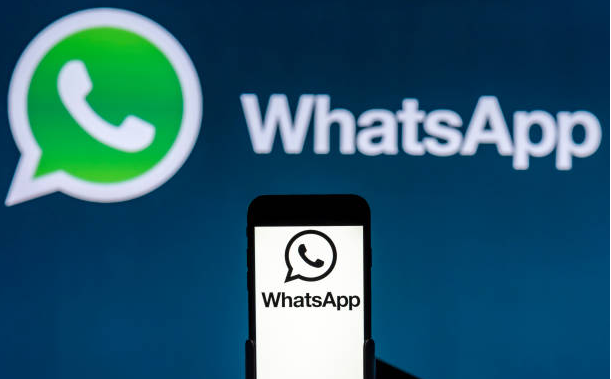Business messaging costs continue to rise as companies increasingly rely on direct customer communication channels. Smart organizations recognize that effective WhatsApp communication requires more than just sending messages—it demands strategic planning and cost optimization. Understanding how to maximize your messaging budget while maintaining quality engagement can significantly impact your bottom line and customer satisfaction rates.
WhatsApp pricing structures have evolved considerably, with businesses now paying charges based on conversation types and message volumes rather than simple per-message fees. This shift means companies must adapt their communication strategies to work within these new frameworks while still delivering value to customers. The key lies in understanding how to leverage the platform’s features efficiently without overspending on unnecessary interactions or poorly timed messages.
Maximizing the 24-Hour Messaging Window
Understanding the Window Structure: The 24-hour messaging window represents a critical opportunity for businesses to engage customers without triggering additional conversation charges. Once a customer initiates contact or responds to a template message, companies have a full day to exchange messages freely. This window resets with each customer response, creating opportunities for extended conversations when managed properly.
Strategic Message Timing: Planning your message sequences within this timeframe can dramatically reduce costs while improving customer experience. Rather than sending isolated messages throughout the week, businesses should consolidate their communications into focused conversation sessions. This approach allows for comprehensive problem-solving and relationship building without multiple conversation initiations.
Template Optimization Strategies
Message Template Efficiency: Well-designed templates serve dual purposes—they reduce approval delays and maximize message impact within cost constraints. Templates should be crafted to encourage customer responses, extending the free messaging window naturally. The most effective templates include clear calls-to-action and provide genuine value that prompts customer engagement rather than one-way broadcasts.
Content Structure for Engagement: Templates that generate responses help businesses make the most of their messaging budget. Interactive elements such as quick replies, product recommendations, and support queries create natural conversation flows. These structured interactions keep customers engaged while providing businesses with valuable feedback and extended communication opportunities without additional charges.
Audience Segmentation and Targeting
Precision Targeting Methods: Sending messages to highly targeted audience segments reduces waste and improves response rates significantly. Businesses should analyze customer behavior patterns, purchase history, and engagement preferences to create focused messaging campaigns. This targeted approach ensures that each message sent has a higher probability of generating meaningful customer interaction.
Behavioral Trigger Implementation: Automated messages triggered by specific customer actions tend to perform better than generic broadcasts. Order confirmations, shipping updates, and support follow-ups naturally fit into customer journeys and encourage responses. These contextual messages provide value while creating opportunities for extended conversations within the free messaging window.
Content Quality and Engagement Focus
High-Value Message Creation: Messages that provide genuine value to recipients generate better engagement rates and extended conversations. Educational content, exclusive offers, and personalized recommendations create natural discussion points that extend messaging windows. Quality content also builds customer loyalty, reducing the need for frequent re-engagement campaigns.
Interactive Elements Integration: Incorporating interactive features such as quick replies, catalog browsing, and appointment booking directly within messages increases engagement while providing business value. These features keep customers active in conversations, naturally extending the free messaging period while accomplishing business objectives efficiently.
Monitoring and Analytics Implementation
Usage Tracking Systems: Regular monitoring of messaging patterns helps identify cost optimization opportunities and communication inefficiencies. Businesses should track conversation initiation rates, response times, and engagement levels to understand which messages generate the best return on investment. This data-driven approach enables continuous improvement of messaging strategies.
Performance Metrics Analysis: Key metrics such as conversation duration, customer satisfaction scores, and conversion rates provide insights into messaging effectiveness. Companies that regularly analyze these metrics can adjust their communication strategies to achieve better results while controlling costs. Understanding which message types generate the most engagement helps optimize future campaigns.
Budget Management and ROI Optimization
Cost Per Conversation Analysis: Breaking down messaging costs by conversation type and outcome helps businesses understand their true communication expenses. This analysis reveals which customer interactions provide the highest value and which might be optimized or eliminated. Smart businesses use this data to allocate their messaging budget more effectively.
Strategic Campaign Planning: Planning messaging campaigns around business objectives and customer lifecycle stages ensures maximum impact from each communication. Rather than random messaging, strategic campaigns target customers at optimal moments with relevant content, improving both engagement rates and cost efficiency.
Conclusion
Effective WhatsApp communication requires balancing cost management with customer engagement to achieve sustainable business growth. By implementing strategic messaging practices, optimizing templates, and focusing on high-value interactions, businesses can significantly reduce their communication costs while improving customer relationships. Start by analyzing your current messaging patterns and identifying opportunities to extend conversation windows naturally through valuable, engaging content that encourages customer participation.

